Dau Go Cave
Floating on the emerald water, Đầu Gỗ Island (Wooden Head Island) is amongst the most famous tourist attractions in Halong Bay. Inside Đầu Gỗ Island, tourists will find Đầu Gỗ Cave a very interesting cave.
Floating on the emerald water, Đầu Gỗ Island (Wooden Head Island) is amongst the most famous tourist attractions in Halong Bay. Inside Đầu Gỗ Island, tourists will find Đầu Gỗ Cave a very interesting cave. From afar, the cave entrance is a jellyfish look-alike 90 steps stair. Into the cave, a massive system of stalagmites and stalactites resembling stony waterfalls would make anyone feel like being one with the nature.
.jpg)
The cave has three main compartments. The first area has a curved shape which is filled up by natural light. The celling of this area is a giant oil painting describing primitive landscapes with rows of stalagmites and stalactites changing their color upon the intensity and angle of the light. Many tourists love letting their imagination go wild with all the light reflecting on those stalagmites and stalactites.
Passing the first area by going through a narrow entrance, tourists will get to the second part. It is a little bit lack of light, but it has a more intriguing ambiance of fuzzy picture formed by the harmonious combination of light and stalactites that stimulate your curiosity but also be a little bit creepy.
.jpg)
The adventure continues with a sudden discovery of the last massive. Here, there is a sacred fairy well that is said to be used by beautiful fairies descending from the heavenly kingdom.
Legends say that the name Đầu Gỗ (Wooden Head) originates from the victory of the Supreme Commander Tran Hung Dao (1228-1300) against Mongol invasion in the 13th Century on Bach Dang River by deploying booby traps of giant steel-tipped wooden stakes beneath the water. He found a away to hide all the stakes during high tides so that the Mongol could not see it. Later on, some of those wooden stakes flow to this cave and was discovered by the local people.
Đầu Gỗ Cave is proudly listed in the world famous tourism book Merveille de Monde published in France in 1938, which presents the most beautiful and worth visiting tourist attractions in the world, including Đầu Gỗ Cave under the name “Grotte des marveilles” (Cave of Wonders).
See more
-
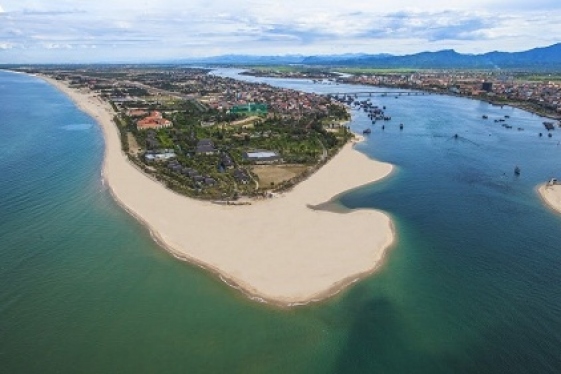
Nhat Le beach - The beautiful beach in Quang Binh
Nhat Le beach has still remains many wild features with white sand, blue sea that create the charming scenery. It is great to enjoy the landscape with clean water, gentle...
-
.jpg)
Hue Imperial Citadel
Famously being one of Vietnam’s seven UNESCO World Heritage Sites, the Imperial City of Hue has long been a must-see attraction for tourists visiting a hidden charm of...
-

Thu Le Park
Also known as Hanoi zoo, Thu Le Park is a popular place for families, especially those with young children.
-
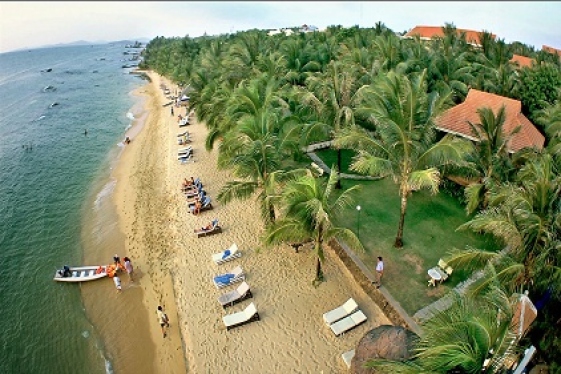
Back beach (Bai Sau)
Back beach in Vung Tau is also known as Thuy Van beach, has a charming landscape, large space, with a wide spread out and fine sand. So the major of tourists traveling to...
-
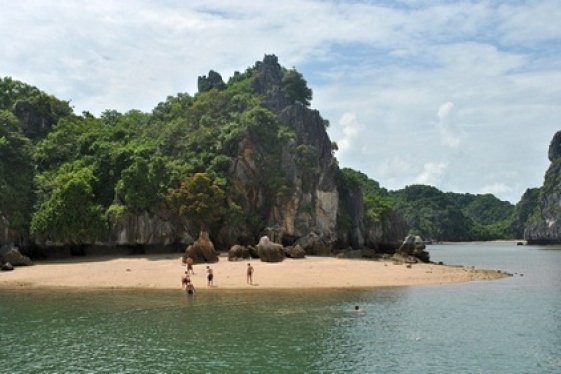
Lan Ha Bay
Located adjacent to Halong Bay, Lan Ha Bay is a peaceful bay in Cat Ba Islands system. Lan Ha Bay has about 400 large and small islands covered with green trees and...
-
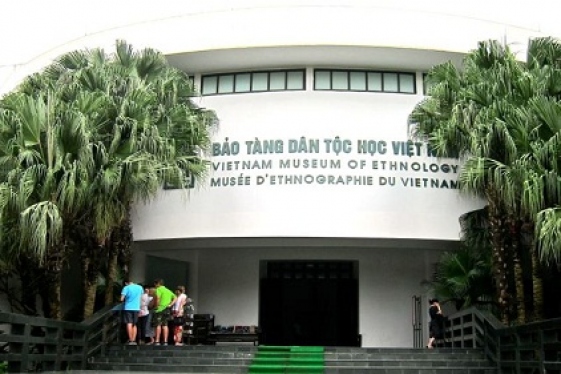
Vietnam Museum of Ethnology
This is the most recent yet probably the largest and undoubtedly the most interesting Museums in Hanoi and Vietnam.
-
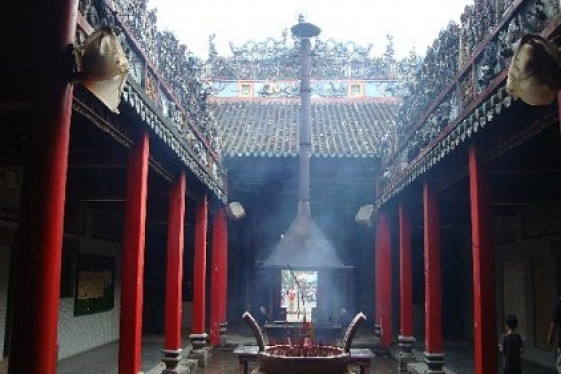
Ho Chi Minh's Chinatown
Ho Chi Minh City’s Cholon is Vietnam’s largest Chinatown with roots dating back to 1778; it’s also a place of great historical and cultural importance....
-

Old Houses in Hoi An
Old houses in Hoi An hide a long history inside. These houses were featured strikingly by the length, lying close together in the wide and airy lanes. To learn about Hoi...
-

Ho Chi Minh City Zoo & Botanical Gardens
Founded more than 100 years ago, Ho Chi Minh City Zoo and Botanical Gardens (aka Saigon Zoo and Botanical Gardens) are listed as one of the oldest zoos in the world, opened...
-

Hoan Kiem Lake & Ngoc Son Temple
There are many beautiful sights in Hanoi but the most attractive sight may be Hoan Kiem Lake. Many people say that “Hoan Kiem Lake is the heart of Hanoi , the...
Destinations
Most popular tours
-
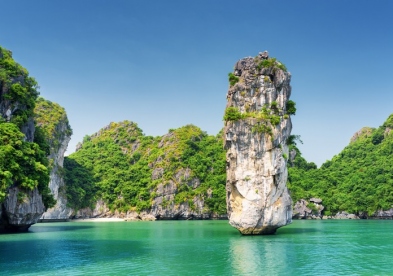
Discovery North of Viet Nam
Price from: 460 US$
-
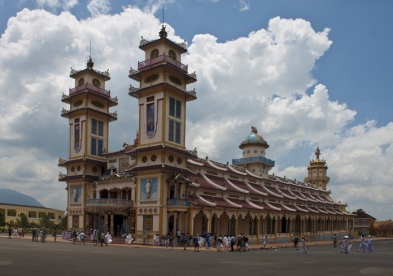
Cao Dai Temple and Cu Chi Tunnel
Price from: 25 US$
-
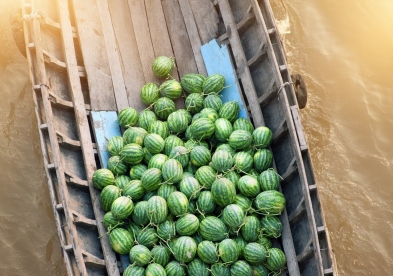
Explore South Vietnam
Price from: 550 US$
-
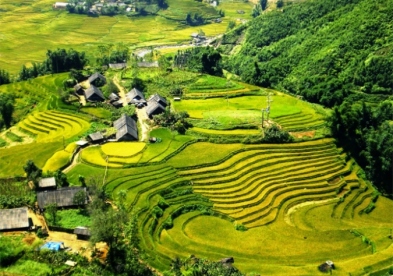
Explore Sapa Homestay
Price from: 173 US$
Business info
Vietnam Local Guide
- Address: 18th Floor, VTC Online Tower, 18 Tam Trinh Str.,Hai Ba Trung Dist., Hanoi, Vietnam
- Email: info@vietnamguider.com
- Phone: (+84) 0904989890
- Hotline: (+84) 0904989890